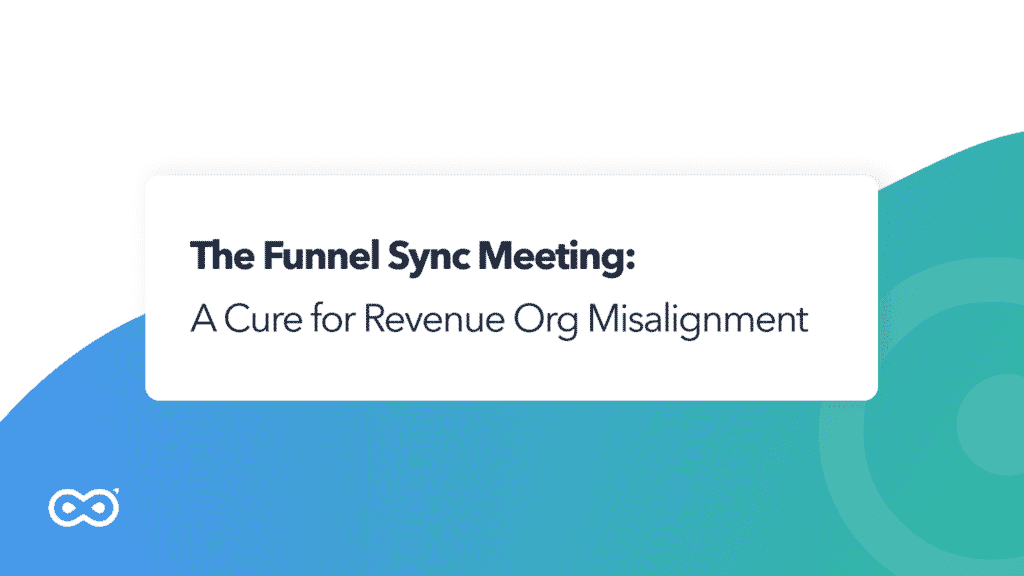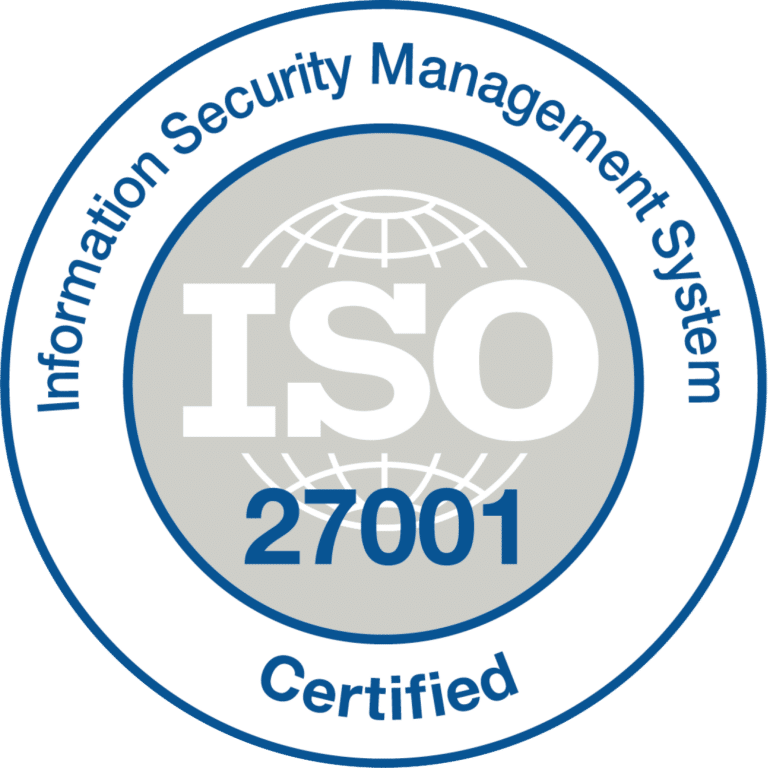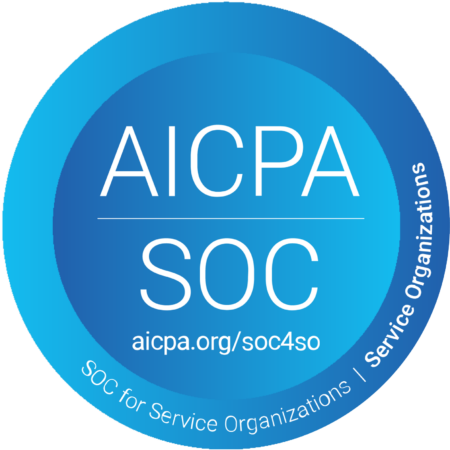Have you ever played a game called “Telephone” when you were a child? A bunch of kids form a line and try to pass a secret message from one end of the line to another – only by whispers.
When the message reaches the last kid in the line, it is nothing like the original.
Mary had a little lamb
becomes
Manny ate a shish kebob.
Now imagine this game playing out in real life – between your sales, marketing and finance teams. Marketing sends out a bunch of MQLs to sales but they don’t really agree that these MQLs should have been qualified in the first place.
Dig a little deeper and you find out that everybody has their own way of defining MQLs and SQLs.
Not funny now, is it?
At Infinigrow, we’ve noticed that a large percentage of the companies that we’ve onboarded lacked alignment around their business outcome model, to some degree. And this lack of alignment causes significant friction between their sales and marketing teams.
And we’re not the only ones saying this –
According to a whitepaper by LinkedIn on Sales and Marketing alignment:
So how do you fix this issue?
Enter the Funnel Sync Meeting. If you never had a funnel sync meeting in your company before, you should schedule one immediately.
In this post, we’ll look at
- Why funnel definitions are crucial for alignment
- Why should you have regular funnel sync meetings?
- How to run a funnel sync meeting and a framework for it.
- What the meeting’s outcome should look like.
Let’s roll…
Alignment starts with your funnel
Before we dive into the details, let’s stop to think about the funnel, why it exists, and what funnel steps actually represent.
The funnel is the most common way in which organizations model their business outcomes.
There are different funnels to match different business models and company types. For the purpose of this article, we’ll use the most basic B2B funnel – in future blog posts, we’ll cover more advanced funnels (such as an account-based funnel, dual model funnels, and more) and how each model impacts alignment.
Let’s look at our simple B2B funnel. Each of the above steps represents progress towards revenue. Stages are defined in two levels:
- Firmographic and personal data, such as company size, vertical, and role
- Intent data that represents growing buying intent as the company or prospect progresses through the funnel, such as demo requests, engagement, Sales calls…
Basically, every stage is a proxy that indicates we’re getting closer to revenue generation.
Why Funnel Sync Meeting?
Different teams tend to “own” different stages in the funnel, and when the teams aren’t aligned on the definition of each step, there’s friction.
Let’s look at an example here –
One common scene that plays out in all organizations is that sales often complains about the quality of leads it gets from marketing. In fact, as per Hubspot Sales and Marketing Statistics 2021, only 7% of salespeople said leads they received from marketing were very high quality.
But you’re sure that your leads are quite solid. You have a clearly defined MQL/SQL profile and you are only passing qualified leads to sales.
Sales, on the other hand, may have a very different idea about the qualifications they expect before the handoff. Some points will be valid while others will be unrealistic.
Regardless, there’s an obvious gap between what you’d define as a qualified lead, and what sales defines as a qualified lead.
Let’s now imagine that the MQL and SQL definition is properly aligned between Sales and Marketing.
Now, both sides understand and agree on what qualifies as a prospect. Both teams understand exactly what to expect from the other team. Marketing maintains the standards to qualify leads, while Sales takes responsibility for converting those leads after the handoff.
No fuss. No finger pointing sessions.
This alignment must go further than these specific stages, and beyond the marketing and sales teams, across everyone in your revenue organization. Proper alignment across all funnel stages will help the organization work as one team, where everyone owns their tasks and aims at one goal.
You can easily identify what works and what doesn’t and each stage has a clear business question that helps you easily spot issues.
So, how can we reach alignment? Enter the Funnel Sync.
Managing the funnel sync meeting
The funnel sync meeting is about aligning all teams around the definitions of your funnel.
And this is what you should expect at the end of it –
- A shared, organization-wide set of goals (what each team’s goals and funnel objectives are)
- Clear ownership over each team’s responsibilities with regards to funnel stages.
This is what it looks like in a real scenario:
In our simplistic B2B funnel, this is what it looks like, and how ownership can be split:
In this specific example, we’ll assume a handoff between marketing and sales happens once an MQL has shown a certain level of intent and was qualified based on our Ideal Customer Profile. In some companies, this would involve an SDR making sure the MQL is ready for Sales and booking a meeting.
As discussed, companies often have different definitions for each stage, often leading to friction between departments. So the first step of your funnel sync meeting is…
Define each stage of your funnel
Here’s one way to define each stage:
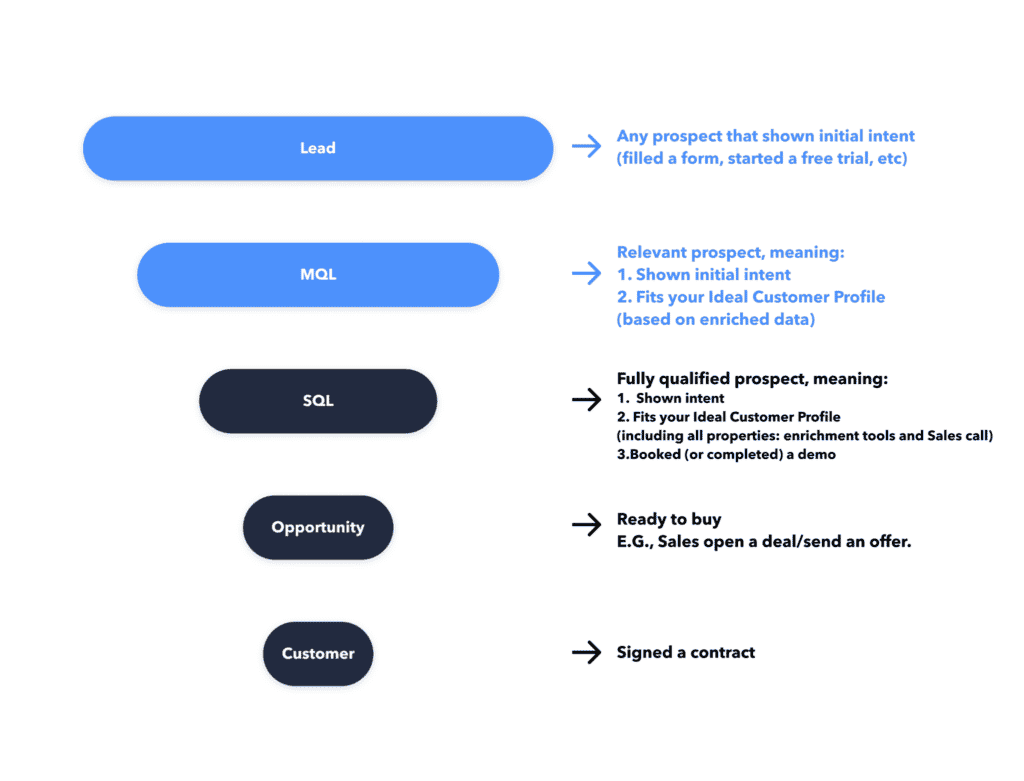
In the above example, we define qualification stages based on a growing level of intent, as well as a strict set of qualifications that fit our ICP.
You can come up with your own definitions of each stage as well. But the important thing is that when you define each stage, all of the stakeholders need to agree on one common set of definitions across the revenue organization.
Now that your definitions are all created and agreed upon, let’s look at step 2 of your funnel sync meeting.
Align cause and ownership around leaks in your funnel
This where you clearly identify the responsibilities of each stage and possible leaks between each stage.
When there’s a leak in your funnel (meaning, when a conversion rate between two steps suddenly drops), the stage of that leak determines two things:
- The owner of the leak (who’ll be best equipped to find a solution for the leak)
- The cause of the leak (the set of possible problems that can cause it)
If you set the ownership and the causes in advance, you’ll get a pretty clear picture of where things can go wrong and everyone will be on the same page as to who can fix any problems down the line.
Here’s an example of an ownership and cause alignment:
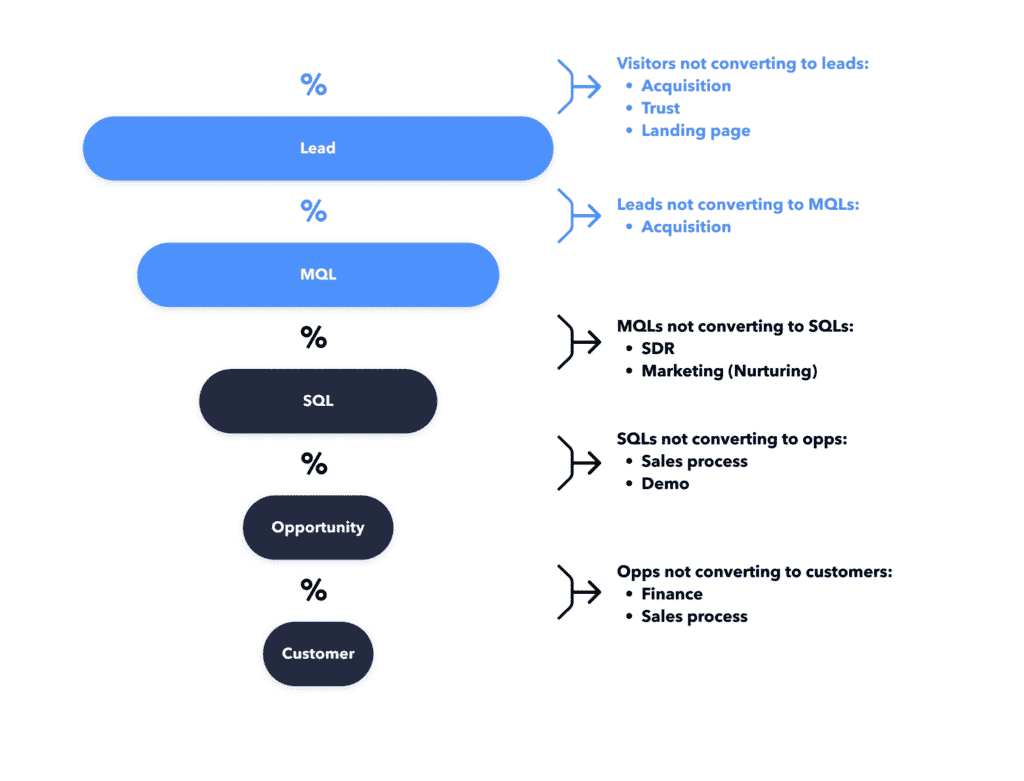
Let’s use the MQL-to-SQL step as an example on more time.
When Marketing and Sales agree on funnel definitions, it becomes easier to identify the exact causes and define clear action items for fixing the leak.
If you’ve set ownership and leak causes and defined your funnel stages, then either Marketing delivered a qualified lead approved by Sales, and Sales (SDRs) did not succeed in getting them to book a demo,
OR
Marketing offloaded a lead prematurely on Sales leading to SDRs failing to fully qualify leads for the sales process.
Now, you can create clear action items that tackle any possible leak.
Rinse and Repeat
Now that you have had a Funnel sync meeting, you may think that things will be all hunky-dory from now on.
But this is where many companies drop the ball. As time passes, we have more data, allowing us to optimize the model, make sure everyone is still aligned, and suggest changes.
We recommend that you have recurring cross-functional meetings, once-a-quarter, to solve any problems that may have occurred and make sure everyone is still aligned around the funnel.
This is what this recurring meeting will achieve –
- Review the previous meeting’s work
- Stages and their definitions
- Lead owners
- Leak causes
- Re-calibrate where required
It is like a refresher which greases the groove of a good practice and gets everyone back on track if there is any diversion.
There it is folks – the Funnel sync meeting. An easy-to-setup fix for the revenue org misalignment problem.
To Sum Up..
Misalignment across the revenue organization can cost you big time in terms of cost as well as time. A regular funnel sync meeting will get your team aligned on the stages, definitions and responsibilities.
You can effectively plug lead leaks and get the teams aiming at a common goal. You can also eliminate the blame game drama that plays out between teams. All this works out to a stress free work environment, effective marketing and ultimately….
……more sales.
And that’s always a good thing

